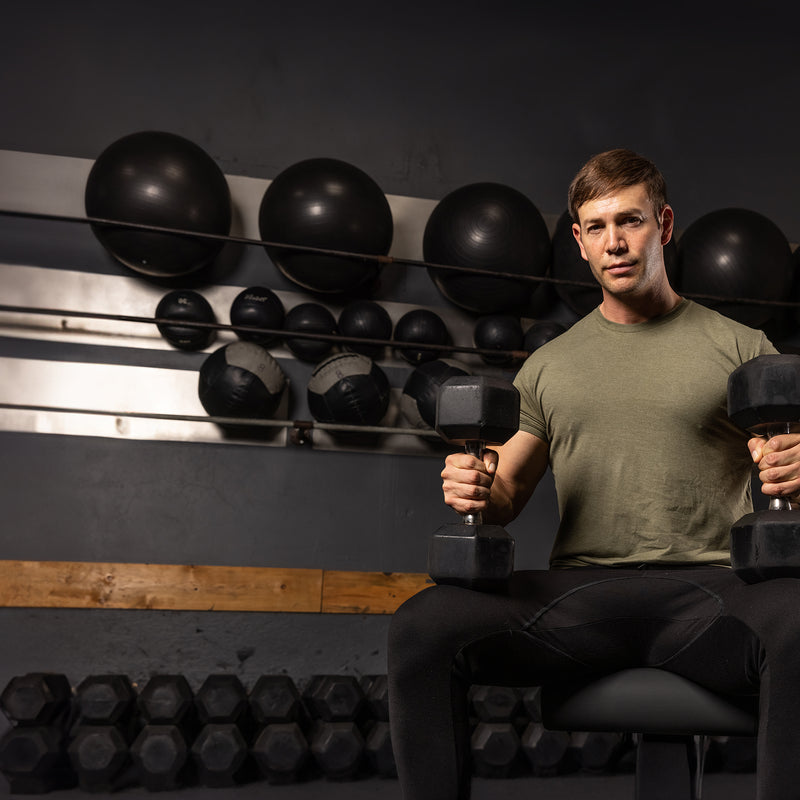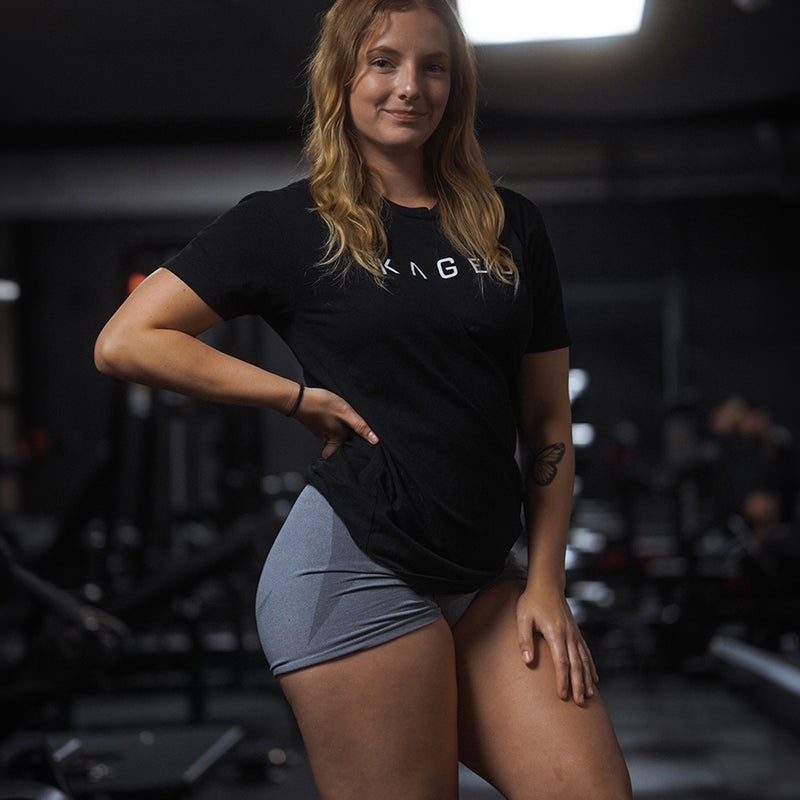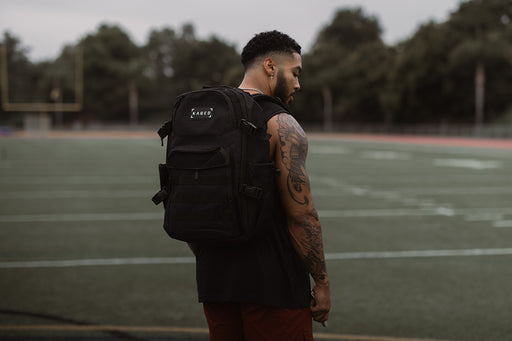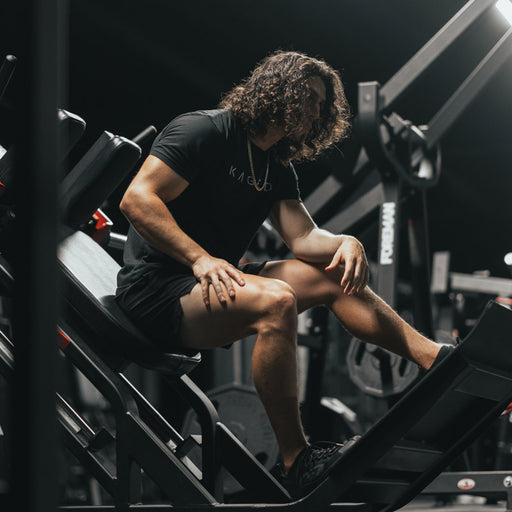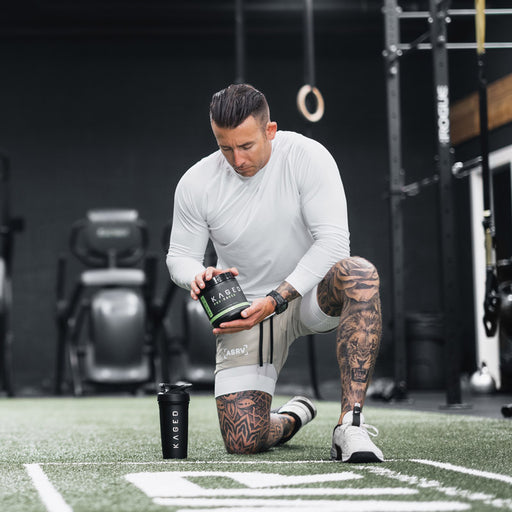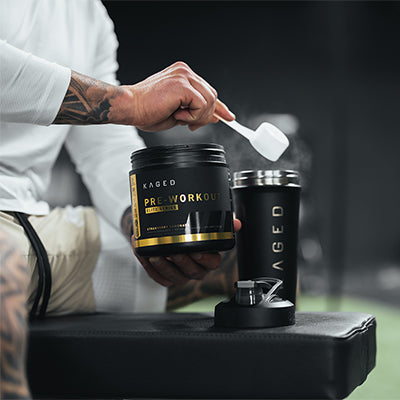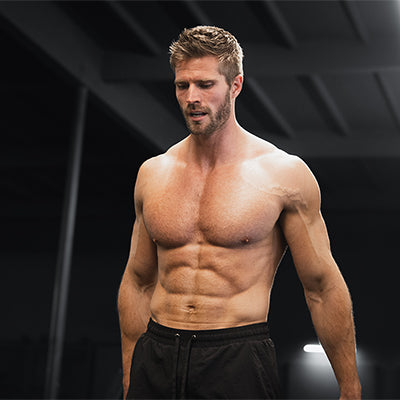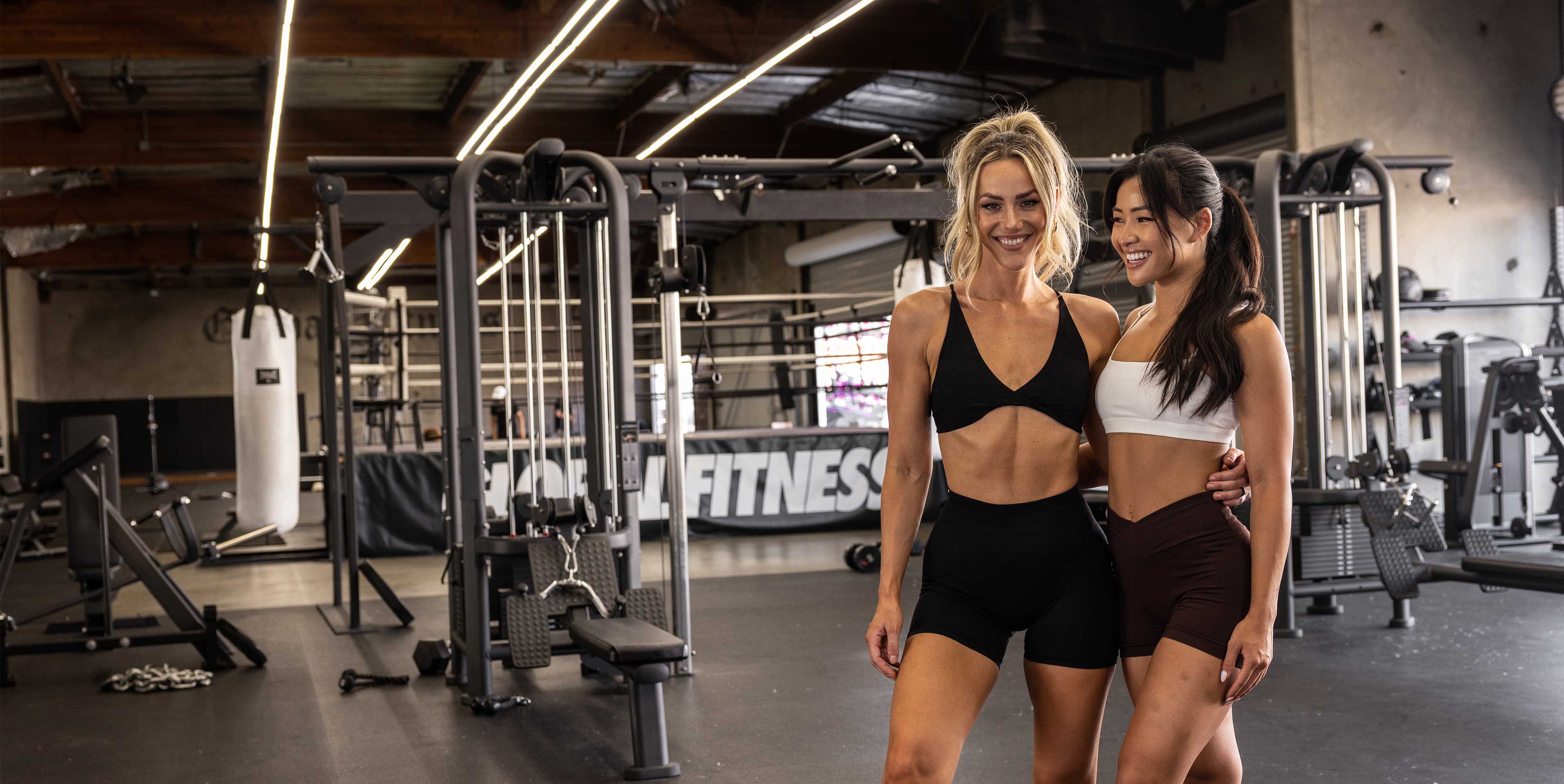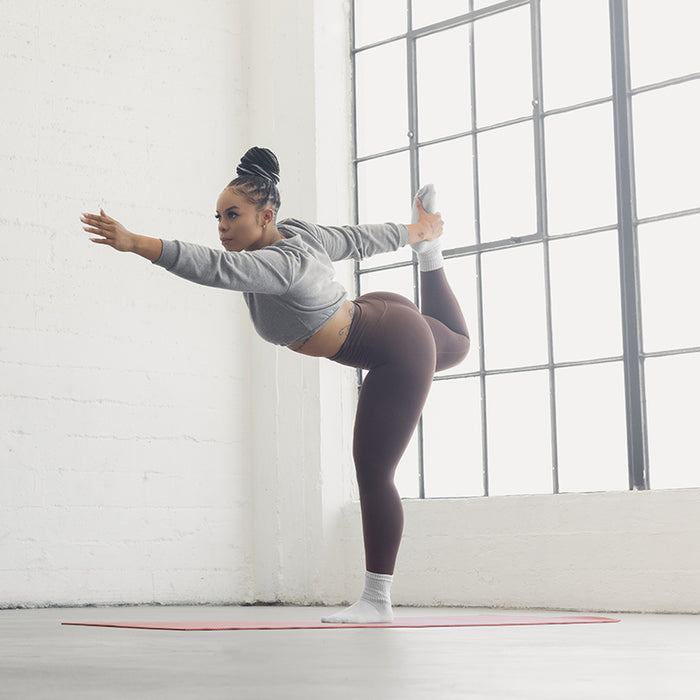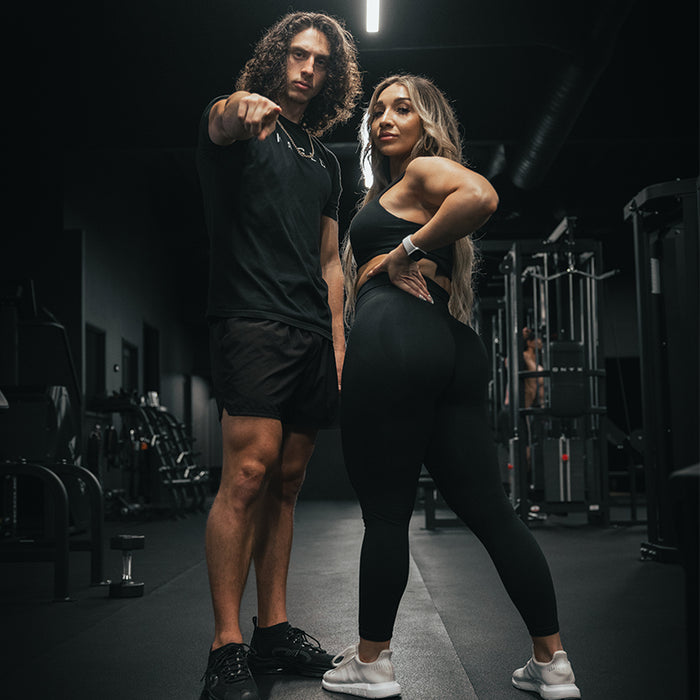One muscle group that can often be overlooked in a training plan is your traps. Traps can make or break a physique if you’re a bodybuilder. Having a strong chest can look incomplete if you don’t see added muscularity finishing off your frame. Traps help give you the broad look that compliments defined shoulders, completing a well-rounded upper body.
But, if your trap workout consists of a few sets of shrugs haphazardly thrown into the end of your back or shoulder day, you have work to do.
There are some exercises and techniques you can include to activate your traps, ensuring that you jumpstart this muscle group into growth.
Let’s look at a few of these unconventional ways to ensure your traps are growing as quickly as possible.
If You Want to Grow Your Traps, Look Beyond Shrugs
While shrugs are, and will always be at the heart of any trap building workout routine, you need to understand that there are many other exercises that fit the bill as well.
The Traps Are A Big Muscle Group With Many Functions
The trapezius muscle is named as such because it looks like a trapezoid. It's not just the lump on your neck. The traps extend down into the area of your thoracic spine. To make your traps grow, you'll want to train the whole muscle.
To most effectively train any muscle, you want to consider all of its jobs. When we train our quads, for example we'll squat (hip flexion and knee flexion) but we'll also do leg extensions (knee extension.) By targeting the muscle with different movements, we had all of the muscle fibers. The same logic applies to the traps.
The traps perform three main functions:
- Scapula Elevation and Depression (shrugging)
- Scapula Retraction (rowing)
- Scapula Rotation
It has other jobs too, like keeping our neck and head upright, but as it relates to growing our traps, these three are what we should focus on. If you only do shrugs, you're neglecting two out of three of the trap muscles' functions.
The Face Pull for Scapula Retraction
One great exercise to help your traps grow is the face pull. For this exercise, set up the cable machine at the level of your forehead with a rope. Stand with one foot forward. Pulling your shoulder blades back, bring the center of the rope to your forehead.
At this angle, the traps will do the retraction. Your lats will work too, but this is a trap-dominant row.
To Target the Lower Traps, Pinch Your Shoulder Blades Back
As you row, pinch your shoulder blades back. This will activate those lower traps.
Upright Rows For Scapula Rotation + Elevation
For scapula rotation and elevation at the same time, the upright row is what you're looking for. As you come up, your traps will have to work to rotate your shoulder blade.
If you have trouble "feeling" this exercise, start with a single-arm dumbbell version. This way, you can freely rotate your wrists and find a more comfortable angle. If you've been doing upright rows with just a barbell, switch to single-arm in this training phase and focus on getting that full scapula rotation and range of motion.
Each of these moves will effectively target the traps, ensuring that you hit the muscle group from all angles with different types of stimuli.
In much the same way that you use various exercises to work your lats or hamstrings, you need to do the same thing with your traps. It’s important to include variety in your trap training otherwise they’ll get complacent, and that’s where your results will come to a halt.
Don’t Underestimate Time Under Tension
Next, be sure that you don’t underestimate the importance of time under tension. To really get your traps growing, you need three things: more range of motion, heavier weight, and more volume. We've talked about the first of these. The latter two, Ideally, you should include every week that you train.
You’ll want to hit the traps hard with as much weight as possible, keeping reps around 6-8 with some sets. Then alternate this on other sets, take it up higher, such as a set of 50 to get the muscle burning and fatigued.
Traps respond well to high volume so don’t be afraid to hit them hard and often.
In addition to this, the good news is that sore traps won’t interfere too much with the other lifts you are doing (if you are performing those exercises properly.)
Try Isometric (Static) Holds
Finally, static holds can also be a good approach to utilize. A farmers walk, where you’re carrying heavy weight in both hands and walking across the room, is a good example of this. It’s a great way to build your traps along with improving your grip strength through holding the muscle under tension.

Test out a few new methods of training to figure out what your body responds best to. Remember to change your training over time so you don’t get stuck in a progress plateau.
Train Traps More Frequently: 2-3 Times Per Week
The final thing you need to do is train your traps more frequently. Don’t relegate them to shoulder day only. While you certainly should hit them on shoulder day, it’s important that you also do them a few other days during the week, hitting them at least twice, if not three times overall.
You can include shrugs at the end of a leg day when the upper body is still relatively fresh allowing you to hit this muscle group hard.
Keep these points in mind and don’t overlook your trap training any longer. In some people, these muscles can be stubborn to build, but with the right techniques, you should be able to get them to grow.
More to Help You Pack on Muscle
Building muscle isn't as simple as choosing the right exercises and techniques. To keep your training challenging, check out this article on 5 techniques to shock your muscles into growth.
If you struggle most in the kitchen, then check out this article on foods that pack on muscle.
Finally, if you're lacking in the right high-quality supplements, see our list of the best supplements for building muscle.






